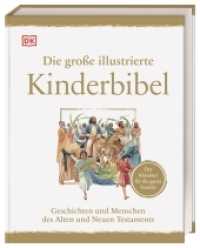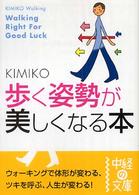Full Description
The book describes how the three East Asian writing systems-Chinese, Korean, and Japanese- originated, developed, and are used today. Uniquely, this book: (1) examines the three East Asian scripts (and English) together in relation to each other, and (2) discusses how these scripts are, and historically have been, used in literacy and how they are learned, written, read, and processed by the eyes, the brain, and the mind.
In this second edition, the authors have included recent research findings on the uses of the scripts, added several new sections, and rewritten several other sections. They have also added a new Part IV to deal with issues that similarly involve all the four languages/scripts of their interest.
The book is intended both for the general public and for interested scholars. Technical terms (listed in a glossary) are used only when absolutely necessary.
Contents
1. About the authors; 2. Preface; 3. Acknowledgements; 4. Part I. Chinese; 5. Spoken Chinese; 6. Chinese characters: Hanzi; 7. Meaning representation in characters; 8. Sound representation by characters; 9. History of education and literacy in China; 10. Reforming spoken and written Chinese; 11. School, and learning to read in Chinese; 12. Summary and conclusions; 13. Part II. Korean; 14. Korean language; 15. Hancha: Chinese characters; 16. Han'g?l: Alphabetic syllabary; 17. Learning and using Han'g?l; 18. Why should Hancha be kept?; 19. History of education and literacy in Korea; 20. Summary and conclusions; 21. Part III. Japanese; 22. Japanese language; 23. Kanji: Chinese characters; 24. Kana: Japanese syllabary; 25. R?maji: Roman letters; 26. Why keep Kanji?; 27. History of mass literacy in Japan; 28. Learning and using Kanji and Kana; 29. The Japanese educational system; 30. Summary and conclusions; 31. Part IV. Common issues; 32. Eye movements and text writing in East Asia; 33. Reading and the brain; 34. East Asian students in international tests; 35. Logographic characters vs phonetic scripts; 36. Afterthoughts; 37. Glossary; 38. Bibliography; 39. Name index; 40. Subject index








